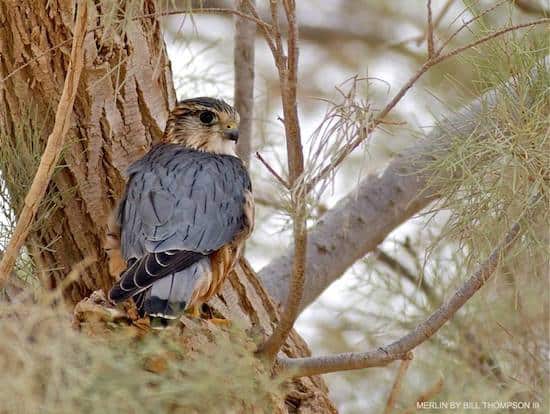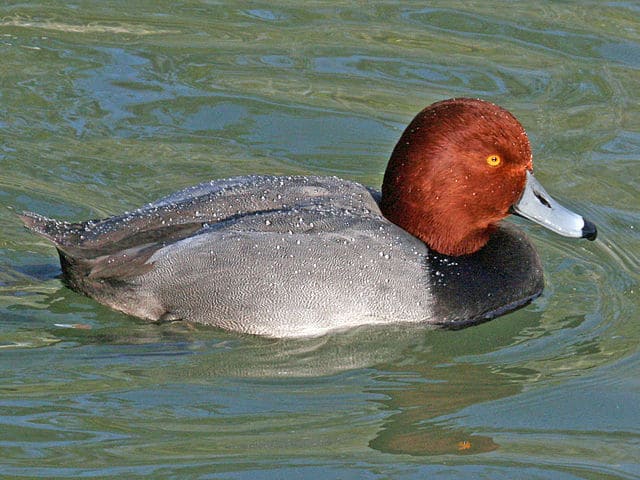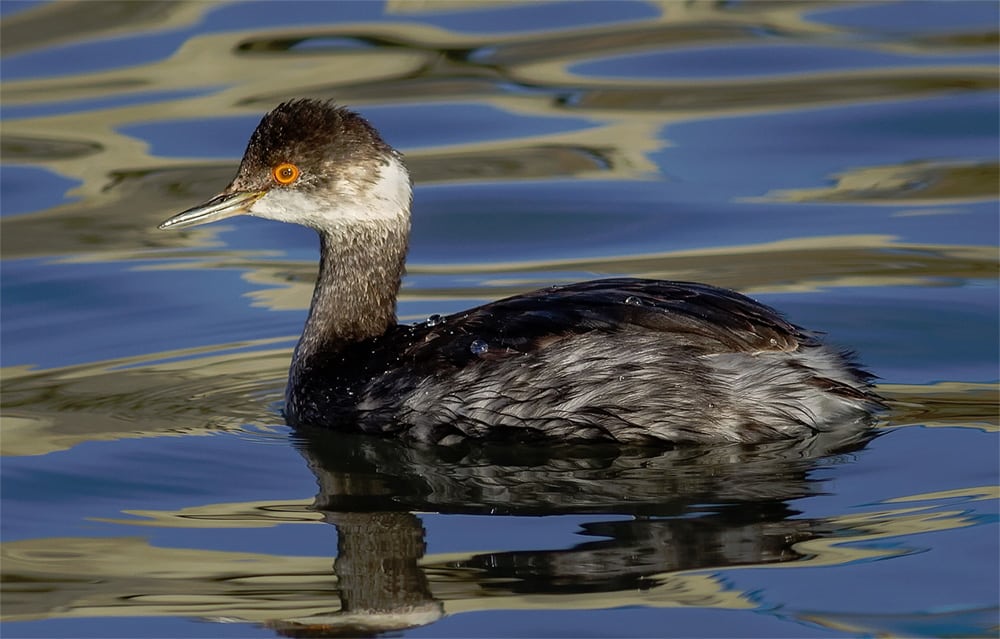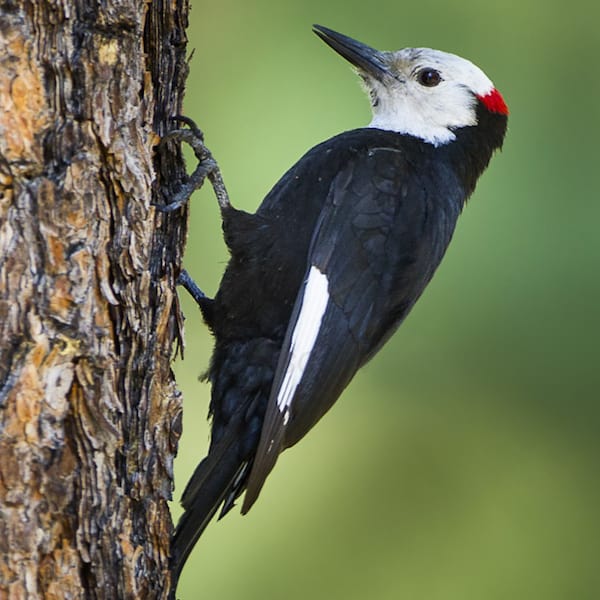The merlin is a medium-sized falcon, larger than an American kestrel and more heavily streaked overall. Its streakiness makes it look very dark. In flight, the merlin is a direct and speedy flier, and it rarely hovers (as kestrels do) or perches in one place for extended periods. The male is dark above and the female is brown above, and both are heavily streaked with brown below. Some birds show a dark mustache and hood. The merlin lacks the bold facial marks of the larger peregrine falcon and the rusty coloration of the smaller American kestrel. They are 11-12 inches in length.
Listen For
Call is a high-pitched kii-kii-kii-kii.
Find it
Prefers open country in all seasons, including prairies, beaches, shorelines, and marshes. The merlin is increasingly common in towns and cities, especially in the Great Plains. It is more common in the West, although populations are increasing in the East.
Feeding Behavior
Merlins are small falcons so they hunt and eat other birds. Unlike the peregrine falcon however, the merlin uses speed to catch its prey. They catch them from the sides or even from below, chasing a bird upwards. A merlin will also eat larger insects and other small mammals.
Nesting Behavior
Merlins are not homeowners; they are renters, always using old nests built by other birds such as crows, hawks, or magpies. They use nests placed in conifer or deciduous trees on the edge of the forest with a good, unobstructed view of the area. They are increasingly building their nests in urban areas and feeding on house sparrows.
Wow!
A merlin may visit your backyard feeders looking for a bird to eat, but this is not a common occurrence (as it is with more regular backyard hunters such as sharp-shinned and Cooper’s hawks).
Listen to a Merlin:




